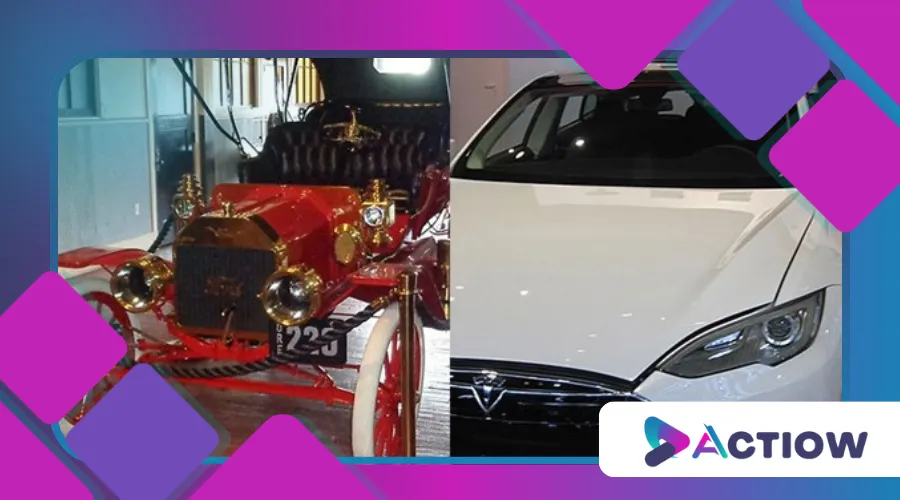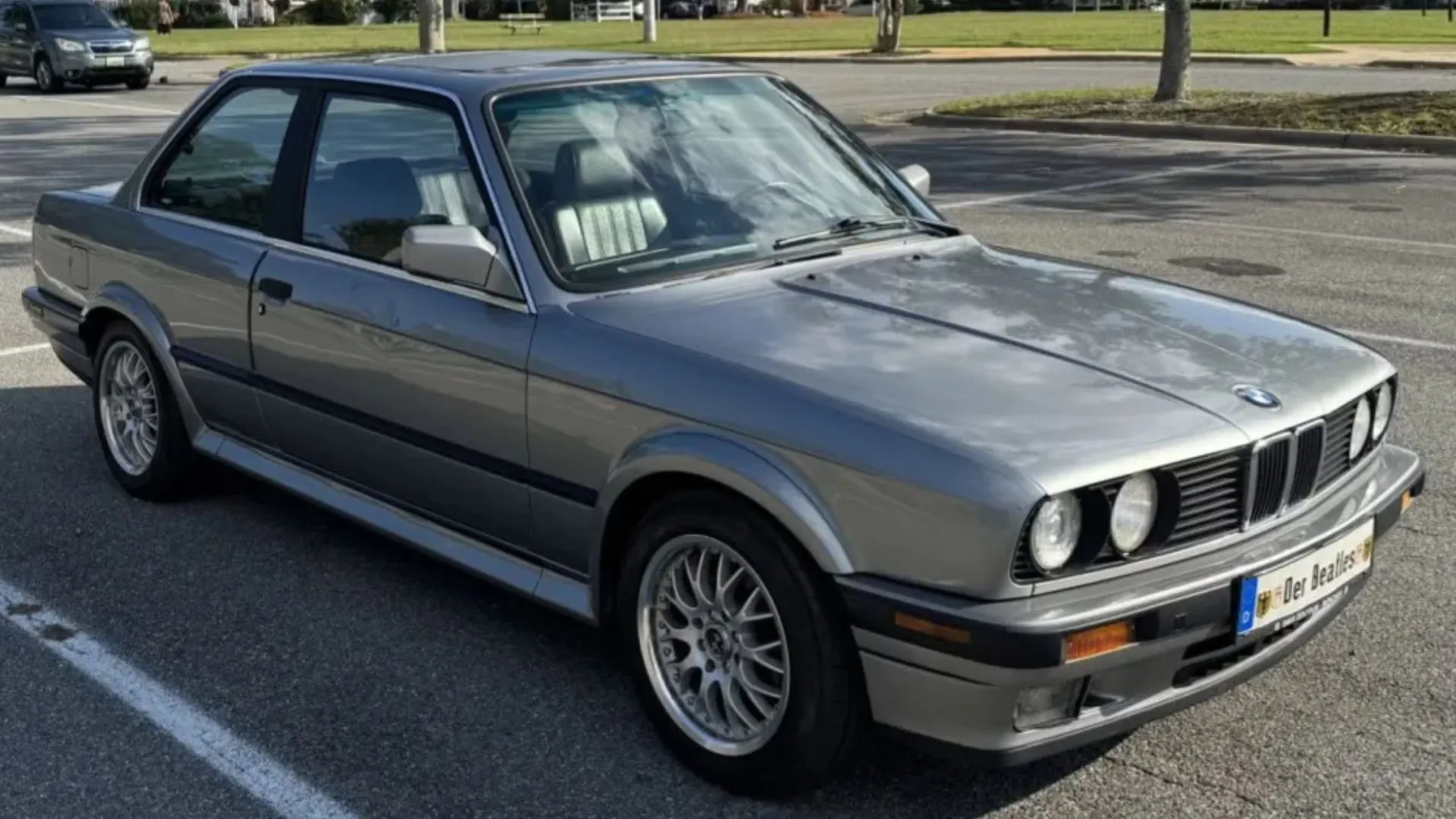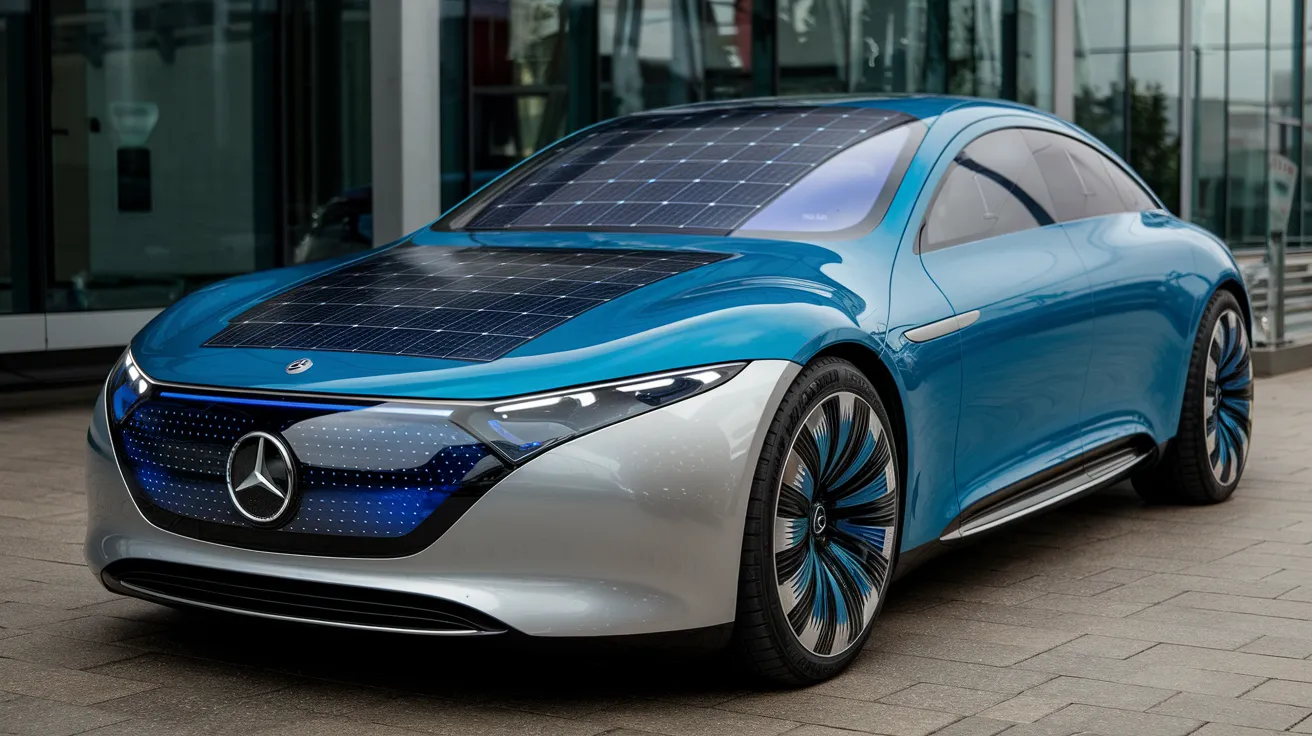Cars That Changed the Automotive Industry: Revolutionary Models That Redefined Mobility

Anúncios
The automotive industry has always been a playground for innovation, but certain revolutionary models have left an indelible mark, reshaping how we perceive and interact with vehicles.
From groundbreaking designs to cutting-edge technologies, these cars didn’t just set trends—they rewrote the rules.
In this article, we’ll explore the most transformative vehicles in history, examining how they influenced the industry and continue to inspire modern engineering.
Anúncios
These revolutionary models serve as benchmarks for future designs, pushing the boundaries of what is possible in automotive technology.
As we delve into the stories behind these cars, we’ll uncover the cultural and societal shifts they inspired, illustrating their profound impact on our lives.
The Birth of a New Era: Ford Model T
No discussion of revolutionary models is complete without mentioning the Ford Model T.
Introduced in 1908, it wasn’t just a car; it was a movement.
Henry Ford’s vision of affordable, mass-produced vehicles democratized mobility, making car ownership accessible to the average American.
The Model T’s assembly line production method slashed costs, reducing the price from $850 in 1908 to just $260 by 1925.
This innovation didn’t just change how cars were made—it revolutionized transportation itself.
By 1918, half of all cars in the U.S. were Model Ts, a testament to its unparalleled impact.
Ford’s creation wasn’t merely a vehicle; it was the catalyst for a new era of personal freedom and economic growth.
The Model T’s success also paved the way for other manufacturers to adopt assembly line techniques, further transforming the industry.
Its influence can still be seen today in the way modern vehicles are produced, emphasizing efficiency and scalability.
| Ford Model T: Key Milestones |
|---|
| Year Introduced: 1908 |
| Price in 1908: $850 |
| Price in 1925: $260 |
| Units Sold by 1927: 15 million |
The Power of Performance: Chevrolet Corvette
While the Model T brought cars to the masses, the Chevrolet Corvette brought excitement to the streets.
Launched in 1953, the Corvette was America’s answer to European sports cars.
With its sleek fiberglass body and V8 engine, it became a symbol of performance and style.
The Corvette’s influence extended beyond its speed.
It introduced the concept of the “everyday sports car,” blending practicality with adrenaline-pumping performance.
Over the decades, it has evolved into a technological marvel, with the latest models featuring advanced aerodynamics and hybrid powertrains.
The Corvette isn’t just a car; it’s a cultural icon that continues to push boundaries.
Its presence in popular culture, from movies to music, has solidified its status as a symbol of American automotive prowess.
Furthermore, the Corvette has inspired a loyal community of enthusiasts who celebrate its legacy through events and clubs, ensuring its place in automotive history.
+ Famous Movie Cars: Discover the Vehicles That Made Cinematic History
The Green Revolution: Toyota Prius
In the late 1990s, the automotive industry faced a new challenge: sustainability.
Enter the Toyota Prius, the first mass-produced hybrid vehicle.
Launched in Japan in 1997 and globally in 2000, the Prius combined a gasoline engine with an electric motor, offering unprecedented fuel efficiency and lower emissions.
The Prius wasn’t just a car; it was a statement.
It proved that eco-friendly vehicles could be practical, reliable, and even stylish.
By 2020, Toyota had sold over 15 million hybrid vehicles worldwide, with the Prius leading the charge.
This revolutionary model didn’t just change how we drive—it changed how we think about the environmental impact of transportation.
The Prius also sparked a global movement towards greener technologies, encouraging other manufacturers to invest in hybrid and electric vehicles.
As a result, the Prius has become synonymous with environmental consciousness, influencing consumer choices and policies alike.
| Toyota Prius: Environmental Impact |
|---|
| Year Introduced: 1997 |
| Global Sales by 2020: 15 million |
| CO2 Emissions Reduction: Up to 35% |
| Fuel Efficiency: 50+ mpg |

The Electric Dream: Tesla Model S
If the Prius paved the way for green vehicles, the Tesla Model S electrified the future.
Introduced in 2012, it shattered the stereotype that electric cars were slow, boring, and impractical.
With a range of up to 400 miles and acceleration from 0 to 60 mph in under 2.5 seconds, the Model S redefined what an electric vehicle could be.
Tesla’s approach wasn’t just about performance; it was about integration.
The Model S featured over-the-air software updates, a massive touchscreen interface, and autonomous driving capabilities.
It wasn’t just a car; it was a tech platform on wheels.
By 2023, Tesla had sold over 2 million vehicles globally, cementing its status as a leader in the EV market.
The Model S also played a crucial role in changing perceptions about electric vehicles, proving they could compete with traditional gas-powered cars in terms of performance and luxury.
As a result, the automotive industry has seen a significant shift towards electrification, with many manufacturers now prioritizing electric models in their lineups.
The Autonomous Vision: Waymo’s Self-Driving Cars
While not a specific model, Waymo’s self-driving technology deserves a spot on this list.
Born out of Google’s autonomous vehicle project, Waymo has been at the forefront of developing fully autonomous cars.
Unlike traditional vehicles, Waymo’s cars rely on AI, sensors, and machine learning to navigate roads without human intervention.
This technology isn’t just about convenience; it’s about safety and accessibility.
According to a 2021 study by the National Highway Traffic Safety Administration (NHTSA), 94% of serious crashes are caused by human error.
Autonomous vehicles like those developed by Waymo have the potential to drastically reduce accidents, making roads safer for everyone.
Moreover, Waymo’s innovations could change urban planning and public transportation, offering new solutions for mobility in congested cities.
As self-driving technology continues to advance, it may also lead to a reduction in car ownership, reshaping how we think about personal and public transport.
The Luxury Game-Changer: Rolls-Royce Phantom
Luxury cars have always been about exclusivity, but the Rolls-Royce Phantom took it to another level.
First introduced in 1925 and revived in 2003, the Phantom is more than a car—it’s a statement of opulence and engineering excellence.
What sets the Phantom apart is its attention to detail.
From its handcrafted interior to its whisper-quiet ride, every aspect is designed to provide an unparalleled experience.
The latest model even features a “Gallery” dashboard, allowing owners to display custom artworks.
The Phantom isn’t just a car; it’s a masterpiece on wheels.
Its influence extends beyond just luxury; it has set the standard for craftsmanship in the automotive industry, inspiring other luxury brands to elevate their offerings.
Additionally, the Phantom has become a symbol of status and wealth, often seen in high-profile events and among celebrities, further solidifying its iconic status.

The Compact Innovator: Mini Cooper
In the 1960s, the automotive world was dominated by large, gas-guzzling vehicles.
Then came the Mini Cooper, a compact car that proved size doesn’t matter.
Designed by Sir Alec Issigonis, the Mini was a marvel of space efficiency, with a transverse engine and front-wheel drive that maximized interior space.
The Mini Cooper wasn’t just practical; it was fun to drive.
Its nimble handling and iconic design made it a favorite among drivers and racers alike.
Today, the Mini brand continues to innovate, offering electric models that stay true to its original spirit.
The Mini’s cultural impact has also been significant, appearing in films and music, further embedding it in popular culture.
Its legacy has inspired a community of enthusiasts who celebrate the Mini lifestyle through clubs and events, ensuring its place in automotive history.
++ The History of the Beetle: How the Car Became a Global Phenomenon
The Off-Road Legend: Jeep Wrangler
For adventurers and off-road enthusiasts, the Jeep Wrangler is the ultimate vehicle.
With its roots in the military Jeeps of World War II, the Wrangler has become synonymous with rugged durability and off-road capability.
What makes the Wrangler unique is its versatility.
Whether you’re navigating rocky trails or cruising on the highway, it delivers a driving experience like no other.
The latest models feature advanced 4×4 systems and removable doors, staying true to their adventurous heritage.
The Wrangler has also fostered a passionate community of off-roaders, who modify and customize their vehicles for extreme terrains.
This culture of exploration has contributed to the Wrangler’s status as a symbol of adventure and freedom, appealing to outdoor enthusiasts worldwide.
The Future of Mobility: Rivian R1T
As we look to the future, the Rivian R1T stands out as a revolutionary model for the modern era.
Launched in 2021, it’s the first all-electric pickup truck, combining rugged utility with eco-friendly performance.
The R1T isn’t just a truck; it’s a lifestyle vehicle.
With a range of over 300 miles, a 0-60 mph time of 3 seconds, and a host of innovative features like a built-in camp kitchen, it’s redefining what a pickup can be.
Rivian’s success highlights the growing demand for sustainable, versatile vehicles.
Additionally, Rivian’s focus on outdoor adventure and sustainability has resonated with a new generation of consumers, eager for eco-friendly options.
This shift reflects broader trends in the automotive industry, where electric vehicles are becoming increasingly popular among diverse demographics.
Conclusion: The Legacy of Revolutionary Models
From the Ford Model T to the Rivian R1T, these revolutionary models have shaped the automotive industry in ways that extend far beyond their specifications.
They’ve influenced culture, technology, and even societal norms, proving that cars are more than just machines—they’re catalysts for change.
As we move into an era of electric and autonomous vehicles, the lessons from these iconic cars remain relevant.
They remind us that innovation isn’t just about technology; it’s about vision, courage, and the willingness to challenge the status quo.
The next revolutionary model is out there, waiting to redefine the future of mobility.
This article not only highlights the most transformative vehicles in history but also provides a forward-looking perspective, ensuring it remains relevant and engaging for modern readers.
By balancing historical context with current trends, it offers a comprehensive view of the automotive industry’s evolution.
